Can one imagine not so long ago, in Darjeeling that even in Dasain some people were happy even if they got new chappals!
No! Not the floaters, sandals, or the branded ones, it was the best in the business of that time- the “Hatthi Chap Chappal“, the original having the mark of an elephant. These slipper’s ‘phitas‘ were not so reliable but spare phitas were available in different colours. If one broke then it could be replaced by a new one. Although, it took a strong push with the thumb and sometimes a “kath“(wooden stick) to push the phita into the hole of the hatthi chap chappal. Some did not buy new phita but simply burned the broken tauko of the phita and paste it with the other half and reuse the old chappal again. If it became too old these chappals came to be used for other purposes. The children meticulously cut the sole and made wheels of it and attaching it to a long bamboo stick to be made a “kuduanae gaadi“. Others simply used the sole to repair tin roofs using it with nails.
Such was the ingenuity of the villagers in Darjeeling not so long ago, a bygone era, where even buying a Chappal in Dasain made one happy and content, now nothing satisfies us. How many of us have used this Chappal especially while running with full speed with the Chappal not in our feet but in our hands, placing the Phita in the middle of our fingers/palms. Here I remember, some elderly womenfolk, as well as men in the villages, even bought “pani-jutta” – gumboot.
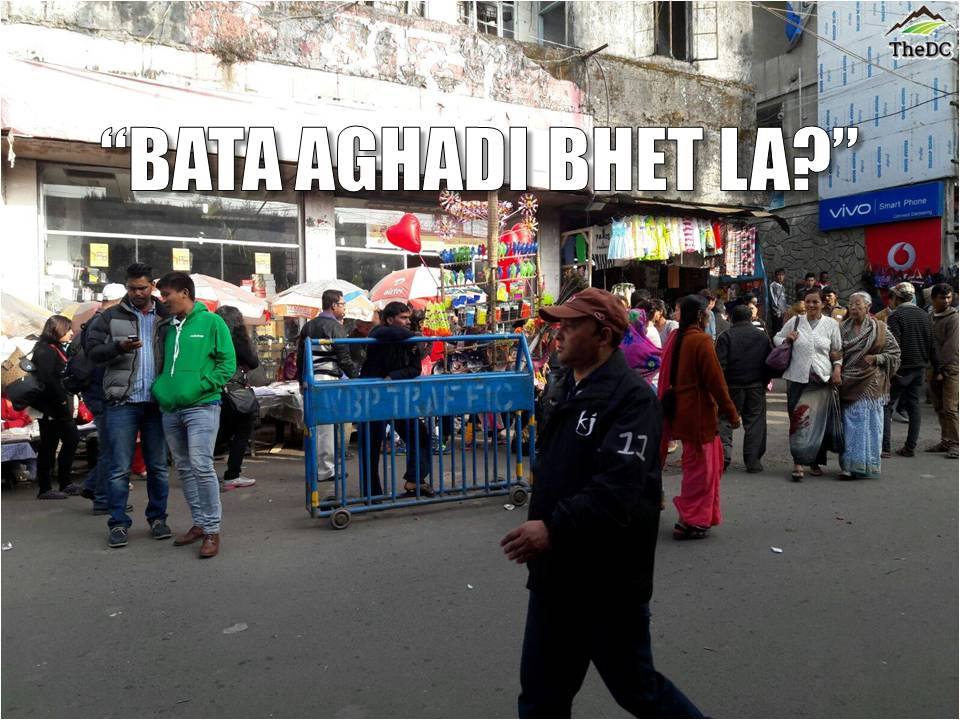
While purchasing new shoes my mother always asked the same question- “Yo Pali kun Jutta kinidinu” Nani.
Understanding the precarious financial situation of my family my reply was always the same- ” Ama! Naughty Boy Jutta! Dasain ma pani huncha, Arkopali School Lai pani huncha.”
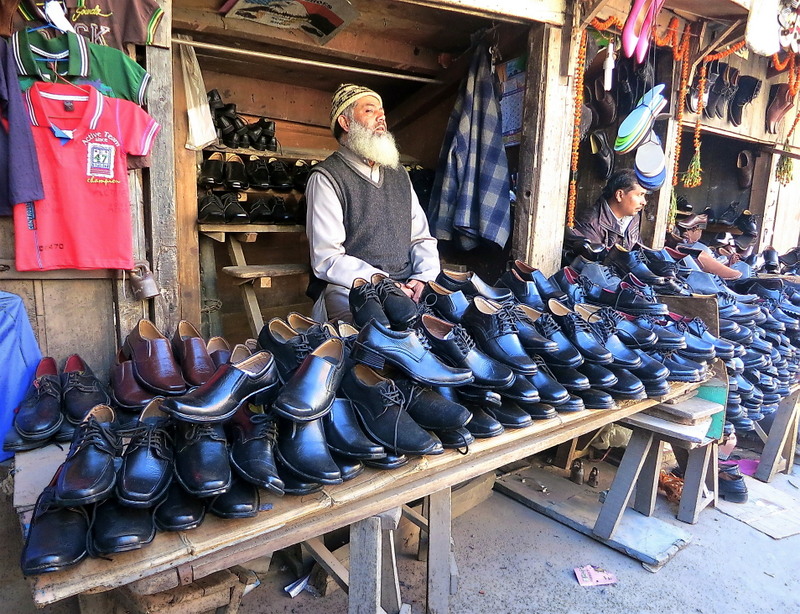
The expression on my mother’s face is something I cannot describe or I simply could not decipher- till date. Yet I was contended! So were numerous children and teenagers of my time, whom I knew and did the exact same thing.
On the day of the Tika, when all of us got together I realized all my cousins had the exact “Phula-line” ko shirt and piece ko pant, different colours though. We looked like numerous twins; just imagine how the entire children of the village looked like while assembling to play dice and lingay ping at the village centre.
Some lucky few didis got “block- heel shoes”, some the latest “Rangella boots”, while elder dadas got “Top-boots”, “Dingo Boots”, colorful “Cambis” jutta. A relatively rich “bazaar mai basnae” uncle ko chora got “Gallis wala jeans ko patlung“, and I was quite jealous.
In the village centre all the elder dada’s assembled with Dhungro thulo bhako patlung ( Parallel Pants), Leather ko Jacket, Dingoo Boots sometimes accompanied with Rato Patti (Red Scarfs) in the forehead. Long hair combined with all the above and topping it with GVC ko jacket and “Faltar Hat”, meant that no one was supposed to mess with the Dada.
These were somehow the fashion symbols of our colourful Dasain. Many of us didn’t have much money, yet all of us had hopes and were high in spirits, united in celebration all over Darjeeling.
Now people invent the silliest of reasons and explanations to avoid celebrating Dasain, saying this year so and so caste will not put Tika or observe Dasain.
For us in the past though we did not have much, even a Hatthi-Chap Chappal made us contended, we celebrated the festival united as Darjeelingeys, rich, poor, caste, religion didn’t matter at all. A celebration of life, when distant relatives met, long lost friends meet, army ma hune chora, baba, daju, bhai came back home, business flourished brotherhood and sisterhood fostered. Empty in pockets yet united, never complaining, wearing pani-juttas , sometimes khali-khuttai, yet having a heart of gold and guts to conquer pain and poverty, dreaming to give the future generation a chance to overcome hurdles in life, please come back once again- My Darjeeling!

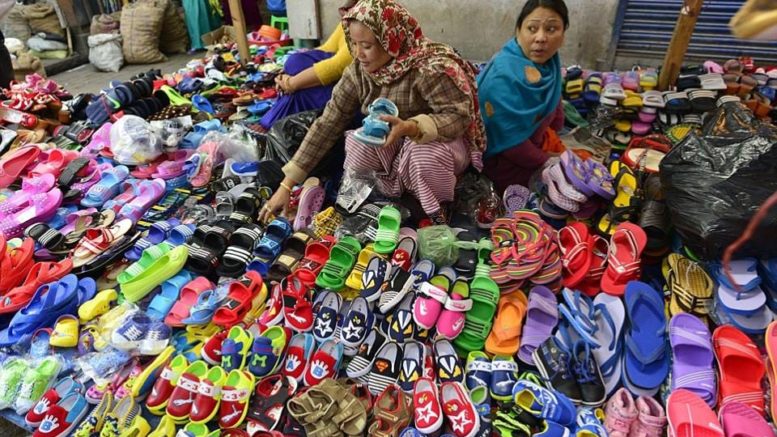
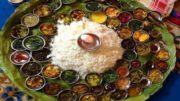


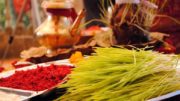
Leave a comment